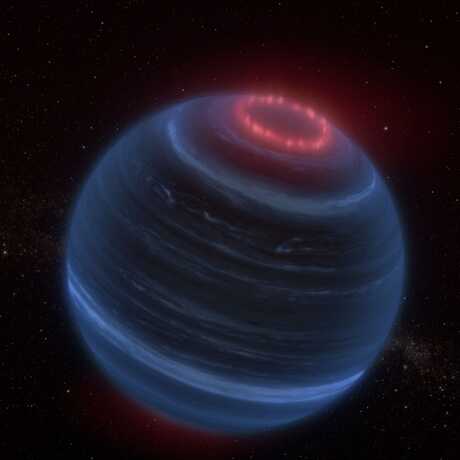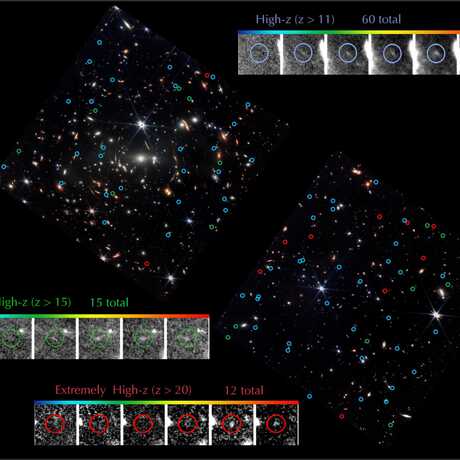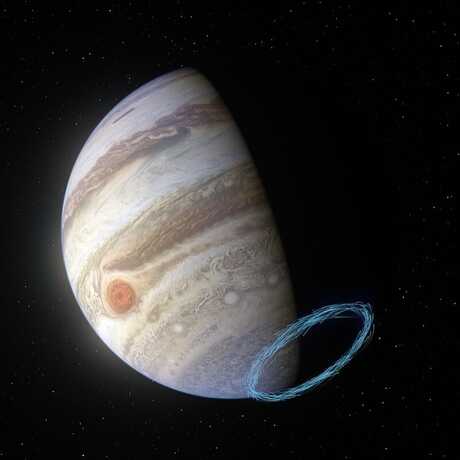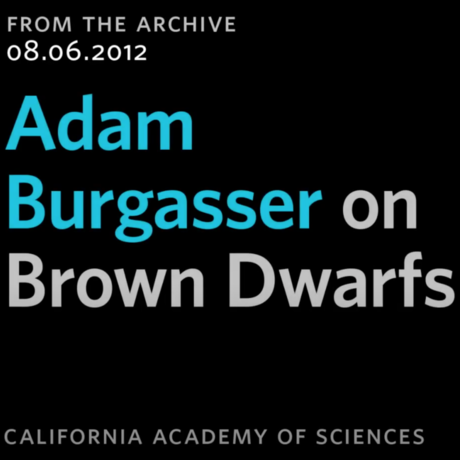Featured Articles
Brown dwarf W1935 exhibits signs of glowing methane—possibly caused by aurorae!
Cassiopeia A is one astronomical object that looks exactly like what it is—a star that exploded 350 years ago!
JWST launches the first day of astronomy’s big meeting with news about science, technology, and galaxies!
The connection between disks and planet formation continues to expand as astronomers view them in new detail.
An update on two new Chilean telescopes plus ALMA observes a rogue comet and a life-threatening flare.
From black holes to small galaxies, Dr. Juna Kollmeier takes us through some of the best discoveries of SDSS.
Two new discoveries in astronomy show that observations can take less than a coffee break or over several days.
The data in NASAs archives is incredibly useful to scientists and teachers, even today!
It takes numerous observatories and dozens of people to make astronomical discoveries.
Is climate change inevitable for intelligent civilizations? If so, what can we do about it?
Brown dwarfs aren't quite stars, but they're also not planets. So what are they?
CTIO and Las Campanas explore the very distant past, while Gemini South looks forward, with much patience.
Dr. Travis Rector talks about the process and result of photographing the cosmos.
Dr. Feryal Ozel discusses black holes and the Event Horizon Telescope.













